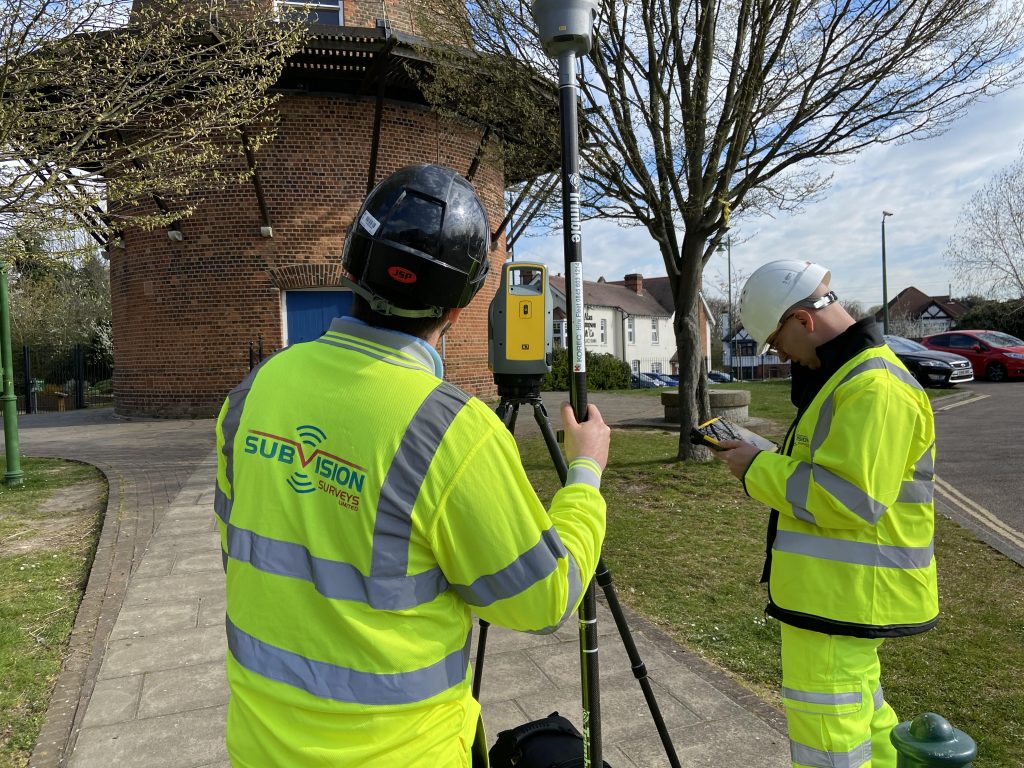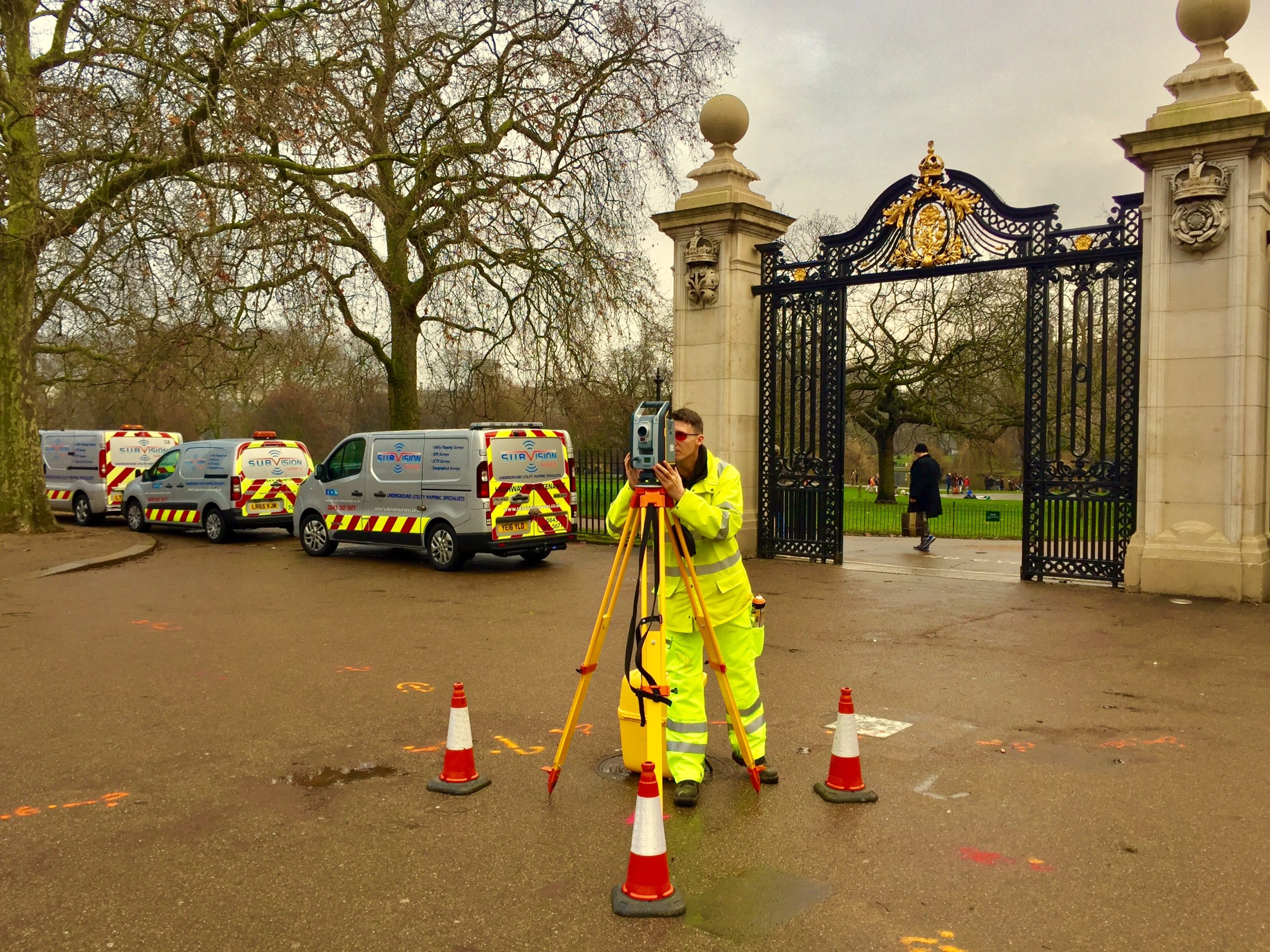What Is Ferro Scanning?
Ferro scanning, sometimes referred to as concrete scanning or rebar detection, involves using specialised equipment to detect metallic objects hidden within concrete. Tools such as electromagnetic scanners and ground-penetrating radar (GPR) are commonly used to generate detailed visuals of subsurface features.
This service allows engineers, surveyors and contractors to carry out construction work safely by identifying the location of structural elements without damaging the surface. It’s often used prior to core drilling, sawing, or structural changes in both domestic and commercial settings.
Why Is Ferro Scanning So Important?
Avoiding Damage and Safety Risks
Striking hidden reinforcement bars, live electrical conduits or post-tension cables can lead to serious injuries, expensive delays or long-term damage to the building’s structure. Ferro scanning allows you to avoid these issues by locating hazards before any intrusive work begins.
Reducing Costly Mistakes
Knowing exactly what lies within the concrete means you can plan with confidence. Whether working on a refurbishment in Brentwood or a new build in Chelmsford, avoiding unexpected obstructions saves time, labour and materials.
Supporting Structural Inspections
For projects involving structural assessments or changes, ferro scanning helps engineers understand the reinforcement layout. This is particularly useful when structural drawings are outdated or unavailable, which is often the case with older buildings in places like Colchester or Billericay.
Meeting Legal and Regulatory Requirements
Construction projects increasingly require documentation of non-destructive testing. A professional ferro scan includes detailed reports and visuals that support planning applications, compliance and building control approvals.
Where Is Ferro Scanning Used?
Ferro scanning is used across a wide range of industries and project types, including:
- Construction and Civil Engineering – before drilling, sawing or coring
- Building Renovation – to assess structural integrity
- Facilities Management – for safe upgrades and installations
- Surveying and Structural Engineering – to verify reinforcement layout
- Heritage and Listed Buildings – to avoid damage to protected structures
What Affects the Accuracy of Ferro Scanning?
Type of Equipment
GPR is ideal for deeper scans, while electromagnetic scanners are more effective for near-surface features. Professionals often use both methods together to ensure the most accurate results.
Concrete Condition
The density and composition of the concrete, as well as the presence of moisture, can impact how clearly objects are detected. Clean, dry surfaces tend to produce better scan clarity.
Operator Experience
Experienced technicians can interpret complex scan results more accurately, reducing the risk of misidentifying objects. This is especially important on sites where accuracy is critical, such as healthcare or transport facilities.
Benefits of Choosing a Professional Ferro Scanning Service
Trying to assess concrete structures without scanning is risky. Here’s why working with a qualified scanning provider is a better option:
- Specialist Knowledge – Professional scanners understand how to interpret scan data correctly
- Independent and Accurate – A third-party opinion is not influenced by plans or assumptions
- Full Documentation – Receive a detailed report that you can submit to planning officers or contractors
- Reduced Liability – Minimises the risk of damaging critical components during your project
Conclusion
Ferro scanning has become an essential part of modern construction and renovation. It provides peace of mind, saves money and ensures your work is safe and compliant. Whether you’re planning a small extension in Rayleigh or managing a commercial site in Southend, ferro scanning helps you move forward with confidence.
If you’re looking to avoid unexpected delays and protect your investment, a professional ferro scanning service is a smart place to start.
Our Location



